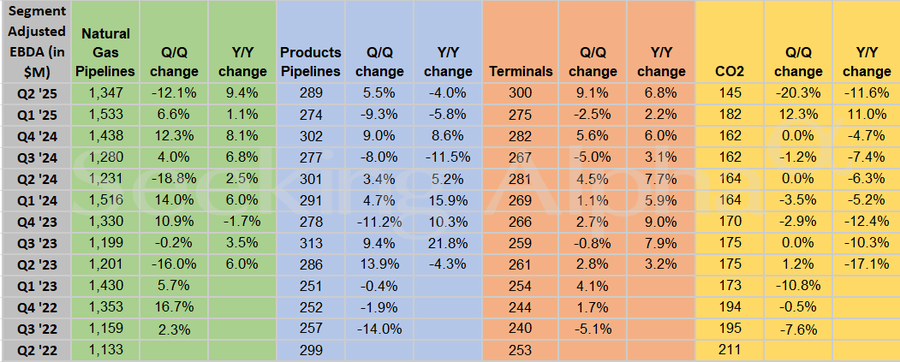The Republican party is heralding its new tax legislation as a win for middle income Americans. But the most substantial tax savings in the bill is reserved for wealthy individuals across the country—and particularly in high-tax states like California and New York.
That’s because the legislation increases the deduction level for state and local taxes, also known as SALT. This allows federal taxpayers who itemize their deductions to fully deduct state and local income taxes as well as property taxes, and is most beneficial to wealthy taxpayers in states with a high cost of living and high tax rates—the ones who are in position to elect for itemizing over the standard deduction. To wit: while only 7% of taxpayers earning under $200,000 itemized deductions in 2022, 38% of taxpayers earning over $200,000 did, according to the Bipartisan Policy Center (BPC).
Under the 2017 tax bill passed under the first Trump administration, a cap was officially put on this deduction for the first time, limiting what taxpayers could deduct to $10,000. The cap is quadrupled under the new law, and now stands at $40,000. It begins to phase down for taxpayers making over $500,000.
Various analyses find that taxpayers in California, Illinois, New Jersey, and New York stand to benefit the most: They account for 40 of the 50 top congressional districts affected by the cap. And 13 of the top 15 are located in just California and New York, per BPC. The old cap primarily affected taxpayers making over $200,000 per year; those earning less than that “typically don’t pay enough SALT to be significantly affected by the $10,000 cap,” notes BPC. In fact, the bottom 80% of earners would see no benefit at all, according to the Tax Foundation.
The map below shows the difference between the average SALT paid and the $10,000 cap in different Congressional districts, according to BPC’s data. The greater the difference, the more the households can benefit from the increased cap.
What to do about the SALT cap became one of the more contentious aspects of passing the bill, with Republican politicians from high-tax states like New York and California pushing for it while those representing lower-tax states blasting it as a giveaway for the rich. It’s also one of the most costly aspects of the new legislation, which attempts to pay for its many tax breaks by cutting funding to Medicaid and food stamps and will still add over $3 trillion to the national debt. Increasing the SALT cap adds $180 billion to the debt over the next 10 years.
For all that, the provision last only through 2030, like many of the individual tax changes in the law, including new measures to limit taxes on tips and overtime.
“It’s increased relief, but it is temporary,” says Marc Gerson, member at Miller & Chevalier and former majority tax counsel for the House Ways and Means Committee. “And so it’s something that Congress will have to revisit.”
How the SALT cap phases out
One aspect of the new law high-income households should heed: the $40,000 SALT cap begins to phase out for those earning $500,000 and is reduced to $10,000 for those earning $600,000 and above.
“The provision mandates a reduction of the SALT deduction by 30% of income greater than $500,000,” notes Ben Rizzuto, wealth strategist at Janus Henderson Investors. “The phaseout of the deduction could mean that if an individual’s income increases by $100,000—from $500,000 to $600,000—their taxable income could increase by $130,000.”
Both the cap and the income thresholds will increase by 1% yearly through 2029. Still, Rizzuto says it makes sense for wealthy taxpayers “to carefully plan around income changes” or increases through Roth conversions or IRA distributions, given the phase out. He also advises taxpayers to discuss how these tax law changes will affect their tax situation and overall financial plan with their financial advisor or accountant.
Rizzuto adds that the increased SALT cap means wealthy taxpayers have a higher probability of a bigger tax refund next year, assuming their income and other deductions will not changed significantly. If you will qualify, he says it might make sense to change your withholdings now.
“The question taxpayers need to answer when it comes to withholdings, if they expect a tax refund, is whether they’d rather have their money now or later,” he says. “If they want it now, then decreasing withholdings to receive more in their paycheck would make sense and allow them to utilize those funds for other financial goals. If they’d rather receive a refund from the IRS, then leaving withholdings as is would make sense.”
SALT workaround
All that said, the legislation preserves a workaround for some high earners that would effectively eliminate the cap altogether. Called the pass-through entity tax, or PTET, many states allow pass-through owners and partners to avoid the cap.
That benefits people like car dealers, law firm partners, doctors, and other owners of professional service firms (but not their employees). Essentially, this allows these taxpayers to pay state tax at the entity level on their pass-through income, rather than the individual level, and in doing so avoid the federal cap.
This story was originally featured on Fortune.com

 3 hours ago
1
3 hours ago
1










 English (US) ·
English (US) ·